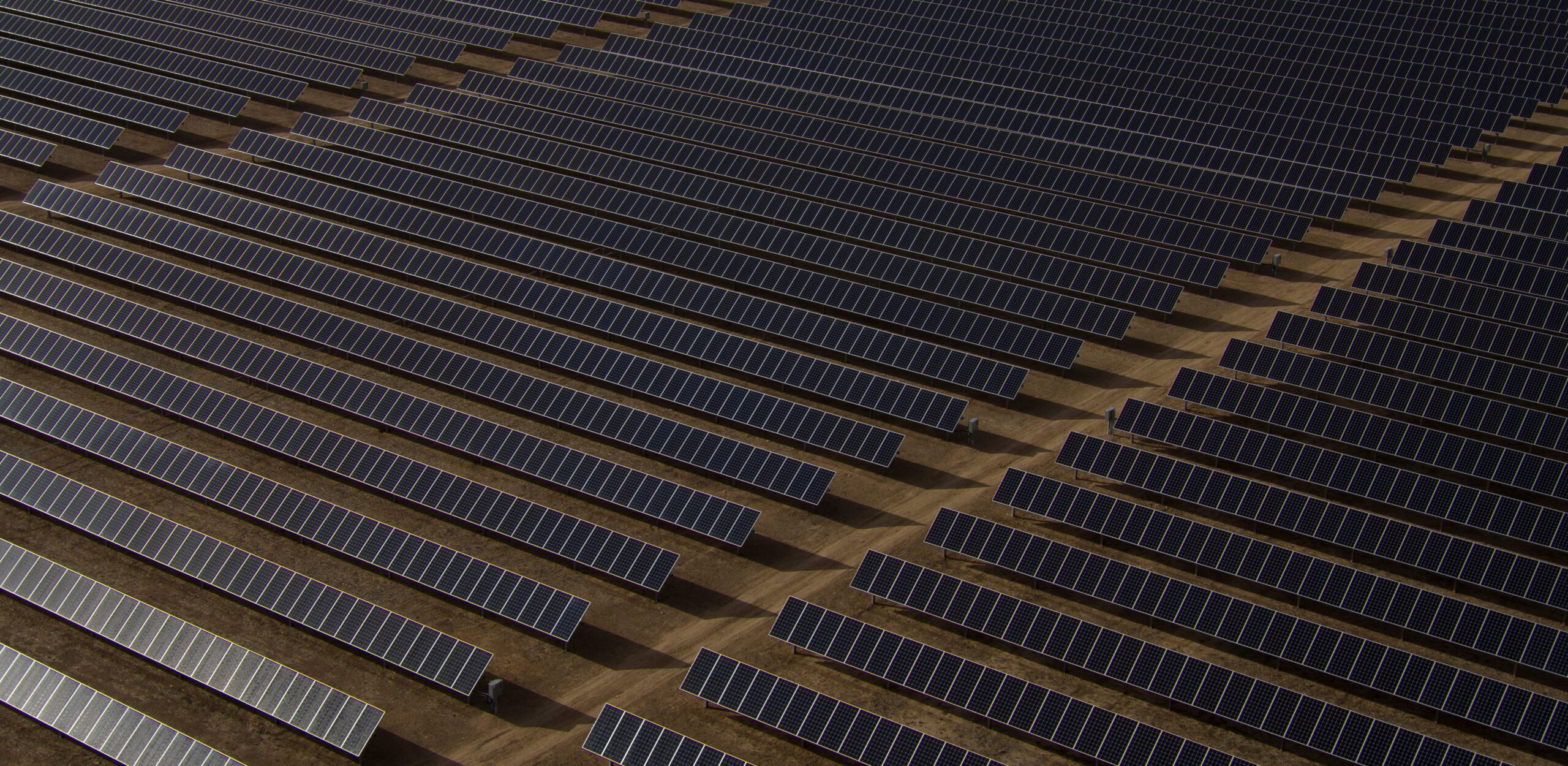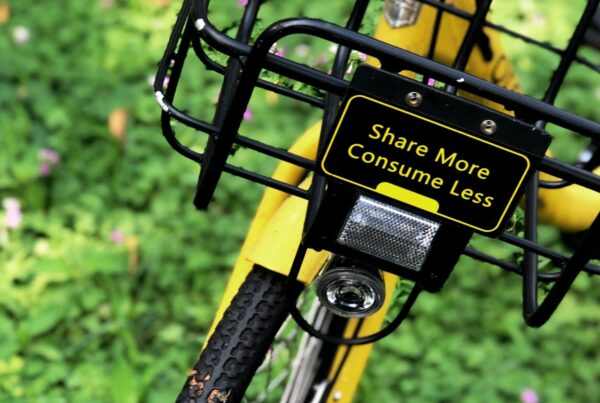With some fear of venturing into sacrilegious territory, the concept of purgatory might be an apt analogy for the climate bill, aka the Inflation Reduction Act of 2022 (IRA). It is neither heaven nor hell. It leaves us imperfectly purified. But not without hope for the future.
What it does. The IRA is highly focused on two improvements: (1) a massive switch to renewable energy such as solar and wind power and clean hydrogen, and (2) expanding electric vehicle use through subsidies for their purchase and installation of charging infrastructure to match the ubiquity of gas stations.
What it builds on. For transportation, developments in both the private sector and the public sector were already well underway before the IRA. EVs as well as solar and wind power have come of commercial age in the last few years, as demonstrated by the dozens of models of EVs available on the US market, the decline in the price of batteries along with longer charger life, and the 20% of power from renewables in 2022. The public sector has encouraged these developments with, for example, federal automobile fuel efficiency (CAFÉ) standards, federal and state subsidies for EVs, state renewable fuel standards, and mandated gas car phaseouts.
Even as we gratefully acknowledge that the IRA is the largest investment in climate-change solutions in United States history, it builds on these existing developments. The IRA is expected to help cut emissions about 40 percent below 2005 levels by the end of this decade, emissions that were already being reduced with the private and public sector actions noted. Comparing the amount of reduction with and without IRA, one analysis (by the Rhodium Group) finds that the difference is about 10 percentage points: “The net result of all the provisions in the IRA is that US net GHG emissions decline to 32-42% below 2005 levels in 2030. That’s up to 10 percentage points more than under current policy without the IRA, in which we project emissions of 24-35% below 2005 levels in the same year.” For EVs, the analysis finds that “by 2030 the IRA increases the share that electric vehicles comprise of all LDV [light duty vehicle] sales to 19-57%, up from 12-43% without it.”
What it does not do. Here’s the rub. From a transportation standpoint, it’s still all about the car. No additional money for transit in the IRA. No reimagining of our city streets and neighborhoods to encourage walking and biking for those 28% of vehicle trips that are under a mile. A nod to equity, but still, higher taxpayer subsidies to people who can afford an $80,000 SUV than to the buyers of a used Chevy Bolt. No encouragement for the fast-growing e-bike population that has the potential to have a substantial impact on GHG reduction and mobility.
The consequences. The IRA will not get us to the promised 50% reduction from 2005 emission levels by 2030. We have more to do. Demand reduction and systems efficiency strategies can reduce transportation emissions by up to 5 to 20 percent, per a recent TRB report. Land use and other shared-use strategies from the Shared Mobility 2030 Action Agenda can take us further and also address the equity issues more potently.
Let’s not overlook the downsides in the IRA. How many cars (even if they are EVs) do we want to add to the 278 million already on America’s roads? How will all those extra cars impact Valuable Road Users, i.e., pedestrians and cyclists? Will all the used ICEs that are replaced by EVs end up in poorer neighborhoods adding to their congestion and subtracting from their air quality even as smaller IRA grants (e.g., the Neighborhood Access and Equity Grants) are used to build bike lanes? Will cheaper operating costs induce demand and add to congestion.
The sleeper. The new law arms the high priests of the Environmental Protection Agency with a new and potentially powerful tool by explicitly including GHG as a “pollutant” under provisions of the Clean Air Act. This development is a response to the recent Supreme Court decision that limited the EPA’s ability to regulate carbon emissions from power plants. It gives the agency the power to deploy new regulations on emissions from power plants and oil and gas wells. What it will mean is an open question, depending on whether the power is exercised with sufficient nuance to withstand political forces and adverse judicial interpretations.
Enjoy the Victory Lap! Still, a victory lap is mighty well-deserved. Praise be to the many tireless advocates within and without government who have worked so long and so hard to make this largest-climate-bill-ever happen! While it claims too much and does too little, it goes beyond admiring the problem to providing some real solutions.
But don’t stop there. Just as the IRA built on previous climate change initiatives, we can build on the IRA. Let’s mobilize shared mobility not just to cut GHG emissions by 50% but to do so equitably while reducing cars on the road and improving safety. Join us for the next leg of the race by participating in the Shared Mobility 2030 Action Agenda. Together we execute a to-do list that will advance shared mobility and confront the climate crisis, redress the inequality in our communities, and ease the cost burden of transportation for families. There is a way forward.




